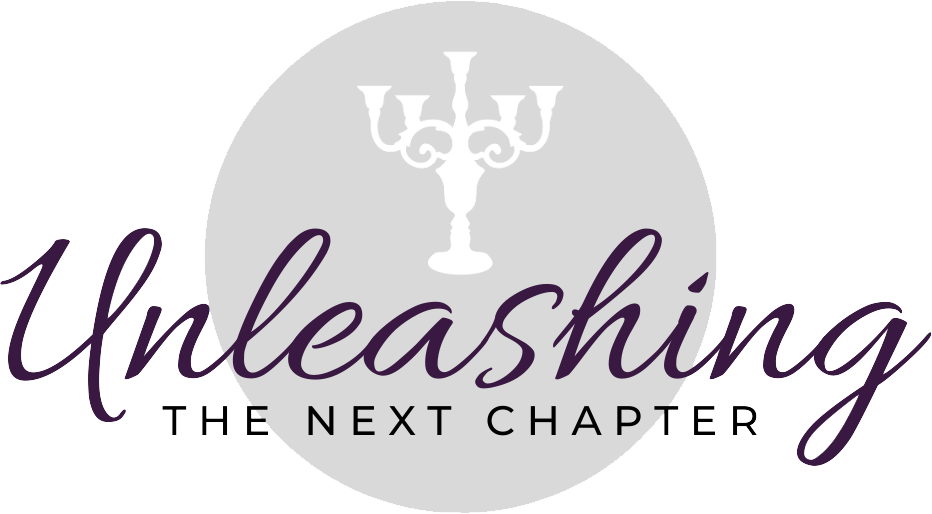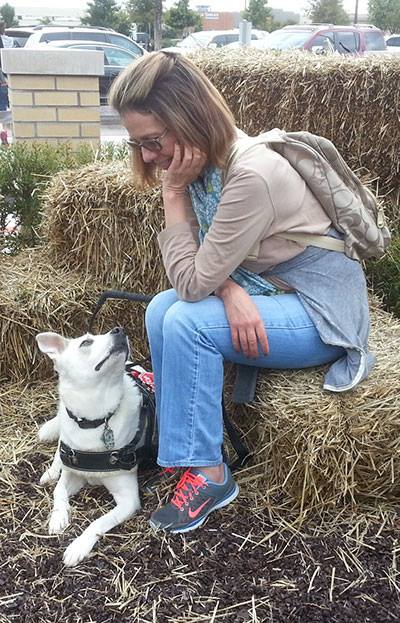If you have ever talked to writers or read anything about writers or attempted writing yourself, I am sure you have heard of, if not experienced, writer’s block. I think it’s another one of those things that separates the amateurs from the professionals. Where amateurs fear writer’s block and often use it as an excuse for why they aren’t writing, professionals either deny its existence, plow through it, or consider it a pause–an opportunity to explore.
Susannah Charleson, bestselling author of Scent of the Missing and Possibility Dogs, was the guest speaker at April’s meeting of the Writers’ Guild of Texas. Her presentation was “Moving Mountains and Throwing Down Stones,” and she generously gave me permission to share with you what I learned from her about overcoming writer’s block.
I loved that her title and presentation start with the idea of faith–that with the faith of a mustard seed one can move mountains. Susannah’s experience has taught her that most instances of writer’s block stem from a crisis of faith: faith in ourselves, our talent, our story, or our process.
Susannah shared five techniques to help one get “unstuck” (or whatever variation of writer’s block –thinking, researching, revising, tackling other projects–you are stuck in):
- Get thee to a bookstore! Bookstores prove that it can be done, and make you consider your book as a finished project. Find where your book will sit on the shelf. What do its neighbors look like? Consider the cover, blurbs, and jacket text. Write a synopsis–this will help you figure out what you are writing and where you are going with it. Write your dedication first so you can connect to why you are writing and whom you are writing to. Revisit your dedication when you get stuck.
- Watch and learn! Go where your characters would go and see what they would see. Record what you are seeing in real time by becoming embedded in the story. See how they behave in that setting. Observe strangers and see which characters would connect with others.
- Shop without your wallet! Figure out what your characters would wear, eat, feel, like, turn away from. How do they furnish their homes? If your character only wears a certain kind of shirt, go try on that shirt and see how it feels against the skin. Describe these experiences.
- Shoot out of sequence! There is no rule saying you have to write your book from beginning to end like the reader will read it. Write what you know. What scenes do you already see? TV shows and movies are always shot out of sequence because it’s more time and cost effective. Take a page from their playbook. So you need to research something in the next chapter; write the one after that in the meantime.
- Write what you see! Write what your characters experience, not just what you know about the experience. Writing what you see helps avoid the dreaded “telling versus showing” problem. Often this will cause us to write more than we will need or can even use in our manuscript, but we’ll be more informed of what works. It’s always better to edit down and tighten prose than have to create filler text to make up the word count.
Susannah left us with two great thoughts as our marching orders:
“When you come to a place of pause, consider which technique will help you move on. It’s an opportunity to explore rather than a frustration.”
and
“Don’t be afraid; just pay attention.”
I hope these suggestions help you as much as they encourage and challenge me. I also hope you will read Susannah Charleson’s books and keep your eyes out for her current WIP, “After a Storm,” a YA novel which draws from her Search and Rescue experiences with young survivors of tornadoes.




Reblogged this on Authentic Blogging Club.